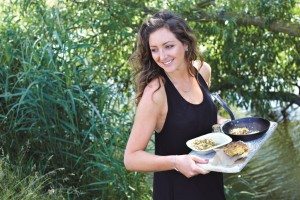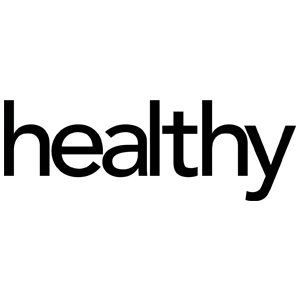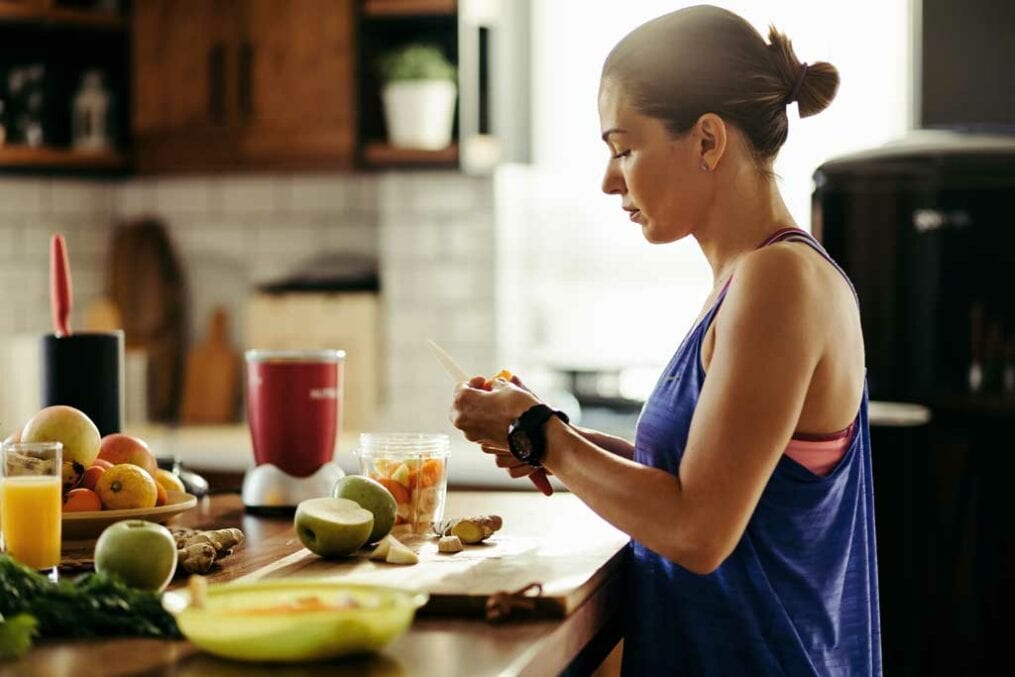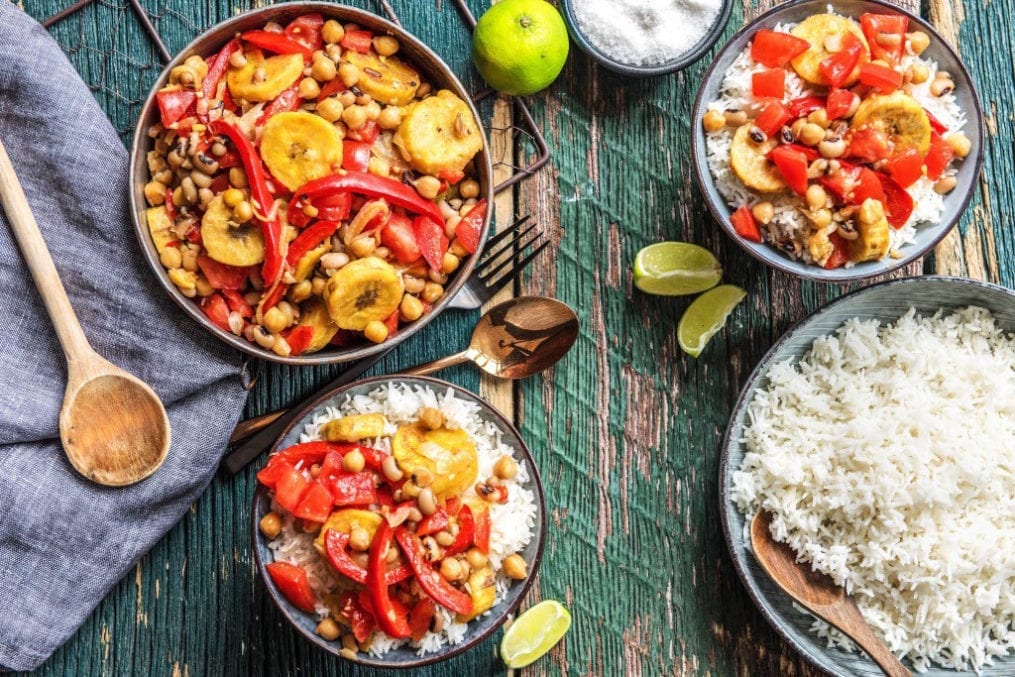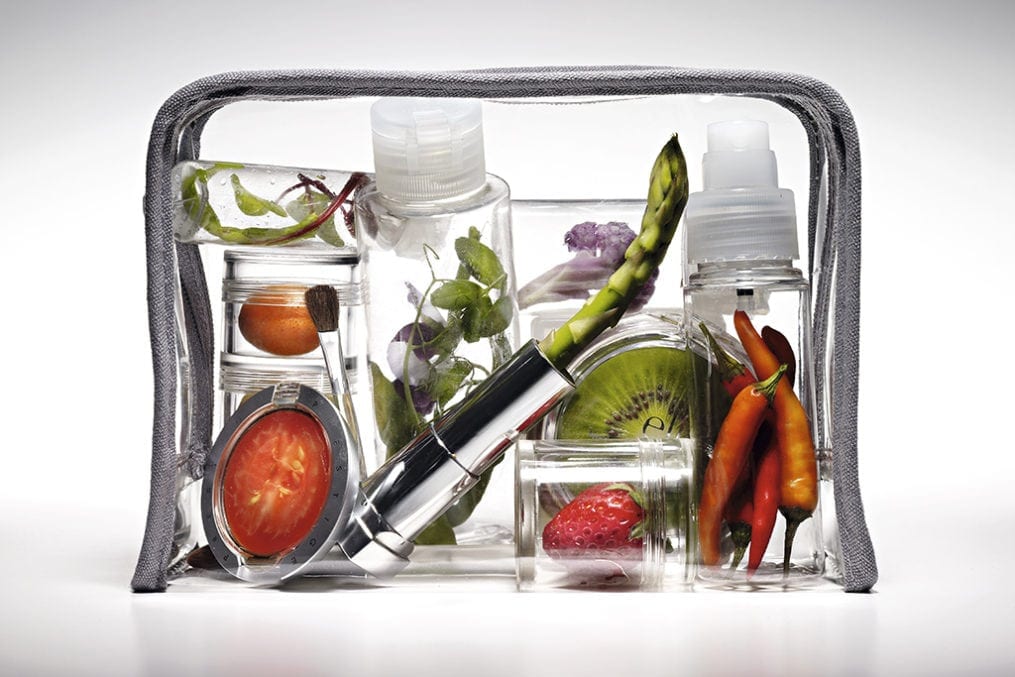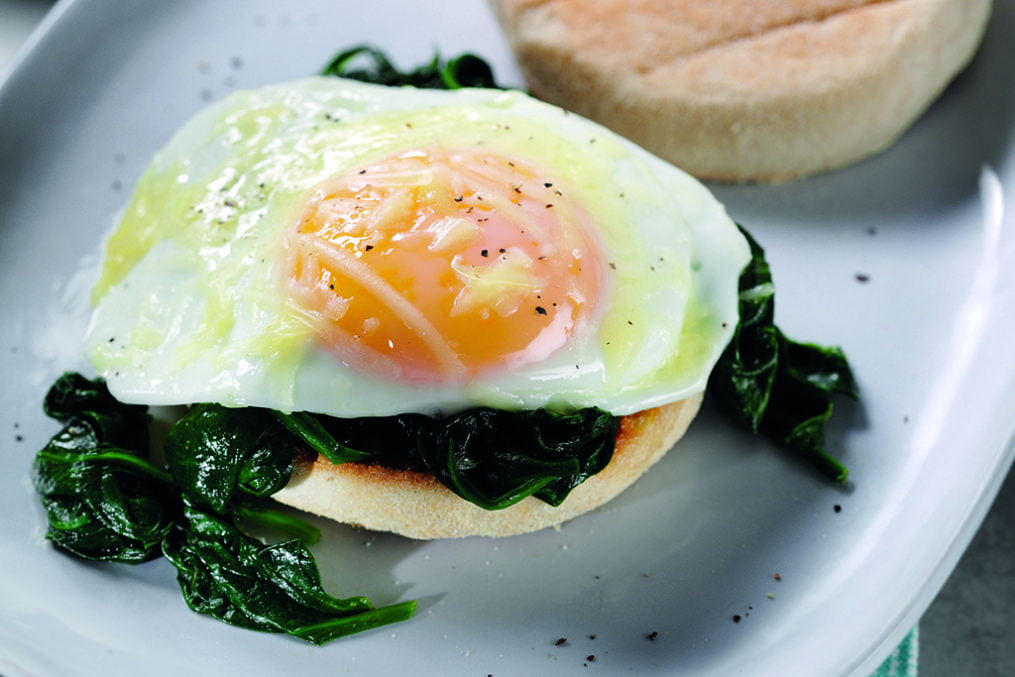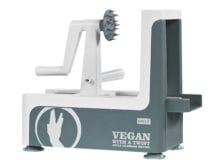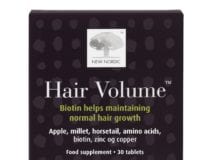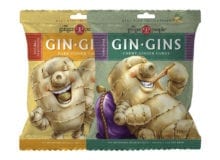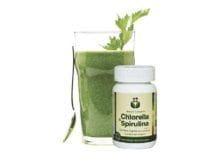What’s the deal? Alkaline eating
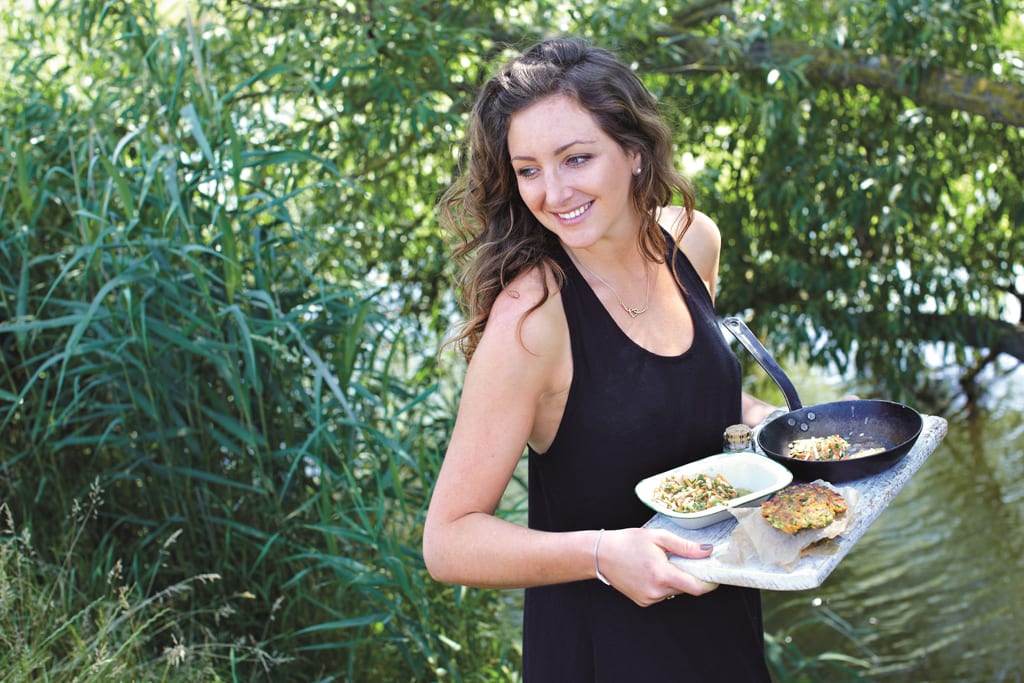 Choosing to ‘eat alkaline’ is the latest health trend with staying power. But what’s it all about? We get the low-down from Natasha Corrett, co-author of Honestly Healthy Cleanse, and alkaline pioneer.
Choosing to ‘eat alkaline’ is the latest health trend with staying power. But what’s it all about? We get the low-down from Natasha Corrett, co-author of Honestly Healthy Cleanse, and alkaline pioneer.
As a former ‘yo-yo dieter’ Natasha Corrett admits she has tried every diet under the sun. ‘I’d lose weight, but then feel horrendous and put it all back on two-fold,’ she says. ‘When I first tried alkaline eating, it transformed my life. And because it worked for me, I thought it might work for other people.’
‘I hate the word detox and I hate the word diet: the two ‘d’ words. We talk about detoxing, but if you don’t put those toxins in your body in the first place then you don’t have to detox. For me, it’s about having a balance. I uses 70:30 rule in my books, 70 per cent of the time you need to follow it, the other 30 per cent you can let your hair down.’
healthy: So what is alkaline eating?
Natasha Corrett: The science behind it is based on the fact that our blood is slightly alkaline at 7.35-7.45 ph (7 is neutral). We all know that processed food and refined sugar is bad for us – from the whole acid/alkaline view it’s because they’re very acid-forming and toxic.
h: How easy is it to follow an alkaline diet?
NC: Alkaline eating is really easy to integrate into your daily life. I do a big batch cook on Sunday night – perhaps about an hour and half of prep, grating different vegetables, cooking up different grains and pulses, making up salad dressings and sorting out my sprouts, nuts and seeds. Everything will keep for three to four days and then you don’t have to think about your meals. It’s not really cooking, more putting stuff together – and anyone can do that.
I made an effort to keep my recipes simple for everyday cooking. I don’t use hundreds of ingredients – for me it’s about enhancing the natural flavours. You can get ingredients like quinoa in the supermarket these days and even the more obscure baking ingredients like teff flour or amaranth you can get online.
h: Why are some healthy foods, like eggs, limited?
NC: It’s not that eggs are naughty, you just shouldn’t eat them more than once or twice a week because they are slightly acid-forming. Healthy foods like grains and pulses are slightly more acid-forming than a piece of kale because the body has to do more work to digest them. If you want to ensure you’ve got a balanced plate, have mostly veg with the rest being grains and pulses. But our recipes aren’t a trend or a diet – they’re a lifestyle – so I do include treats, it’s just about finding the healthy alternative. If you do want to have a banoffee pie, there’s a recipe for a raw banoffee pie – wheat- and refined-sugar free.
h: Why does this way of eating work so well?
NC: The reason people fail on a diet is because they eat the same foods over and over again – which reduces the dopamine [the feel-good chemical] hit in your brain. Sugars and processed foods create a huge dopamine hit, which is why you crave them. If I have one piece of advice to give to people about healthy eating, it’s to add something good to your diet. Upgrade it and add more goodness, vegetables, nutrition, gluten-free wholegrains. The more you do that, the less you’ll naturally want to eat of the bad things – the sugar and processed stuff. Replace your foods with the healthy alternatives – don’t tell yourself you can never have bread or pizza again, just find the healthy way of doing it.
How alkaline is your food?
Really really alkaline:
Almonds, broccoli, chard, cucumber, fennel, barley, Himalayan pink salt, kale, spinach, sprouts
Really alkaline:
Aubergine, avocado, bee pollen, beetroot, butter beans, cabbage, garlic, ginger, green beans, lemon, lettuce, onion, pak choi
Alkaline:
Almond milk, asparagus, carrot, cashew nuts, cauliflower, coconut flesh, milk, water and oil, courgette, flax oil, goat’s milk, herbs and spices, lentils
Quite alkaline:
Black beans, Brazil nuts, brown rice, buckwheat flour, caught wild fish, couscous, fresh date, millet, mushrooms, oats, popcorn
Less alkaline:
Apple, apricot, banana, blackberry, blueberry, canned sweetcorn, chickpeas, chillies, cranberry, fresh juice, goat’s cheese, grapes, ocean fish, orange, peach
Want to learn more about the Honestly Healthy alkaline lifestyle? Click hereNatasha’s top ingredients:
Himalayan pink salt – a real superfood, helps balance pH within blood cells.
Chia seeds – full of essential fatty acids, we’ve got a great porridge recipe in the new book.
Anything from coconuts – water, oil (which doesn’t go toxic at high temperatures), palm sugar and blossom syrup (a good, treacly alternative to sugar).
Raw choco or cacao – raw and alkaline go hand in hand, if it’s raw then it’s unprocessed and you can’t really go wrong with that.
Tahini – I use it for lots of yummy dressings and it’s high in protein.
Quinoa – good for protein, I use it for lots of things, even porridge.
Nuts and seeds – sprinkle over a salad for that protein hit.
Inspired to give it go? Follow Natasha on Twitter for loads of tips and recipes
